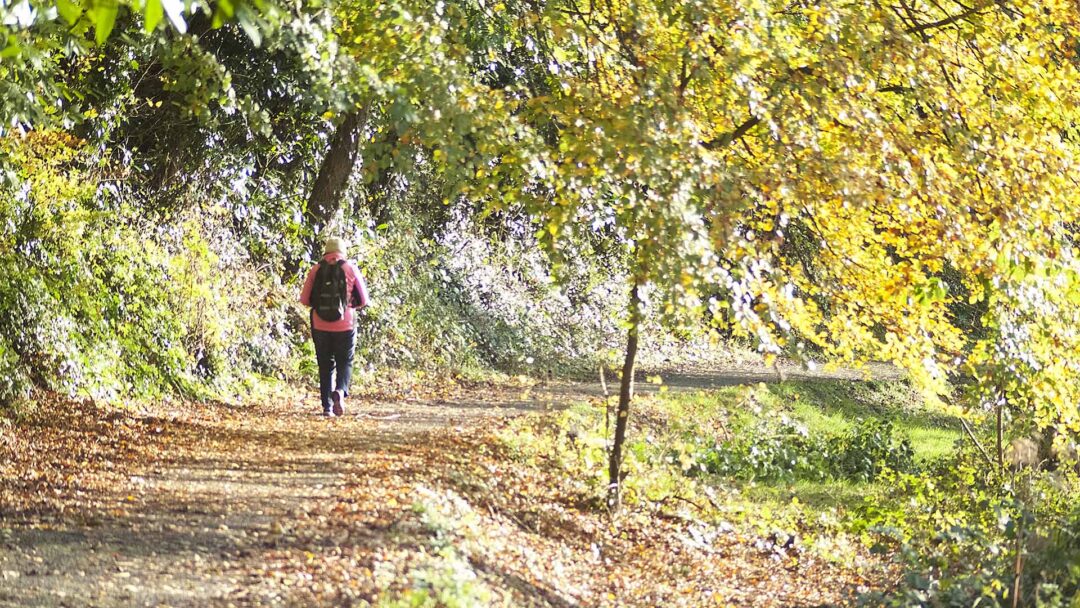Clonmel to Carrick-on-Suir Blueway
The Blueway Walk Starts Here to Carrick-on-Suir
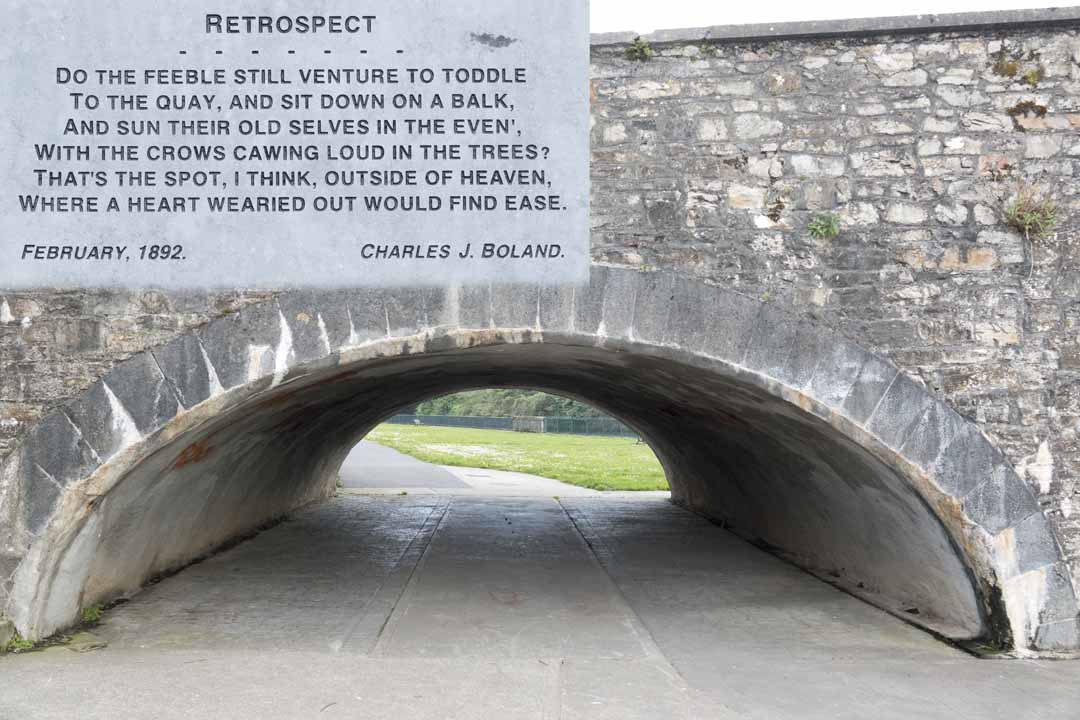
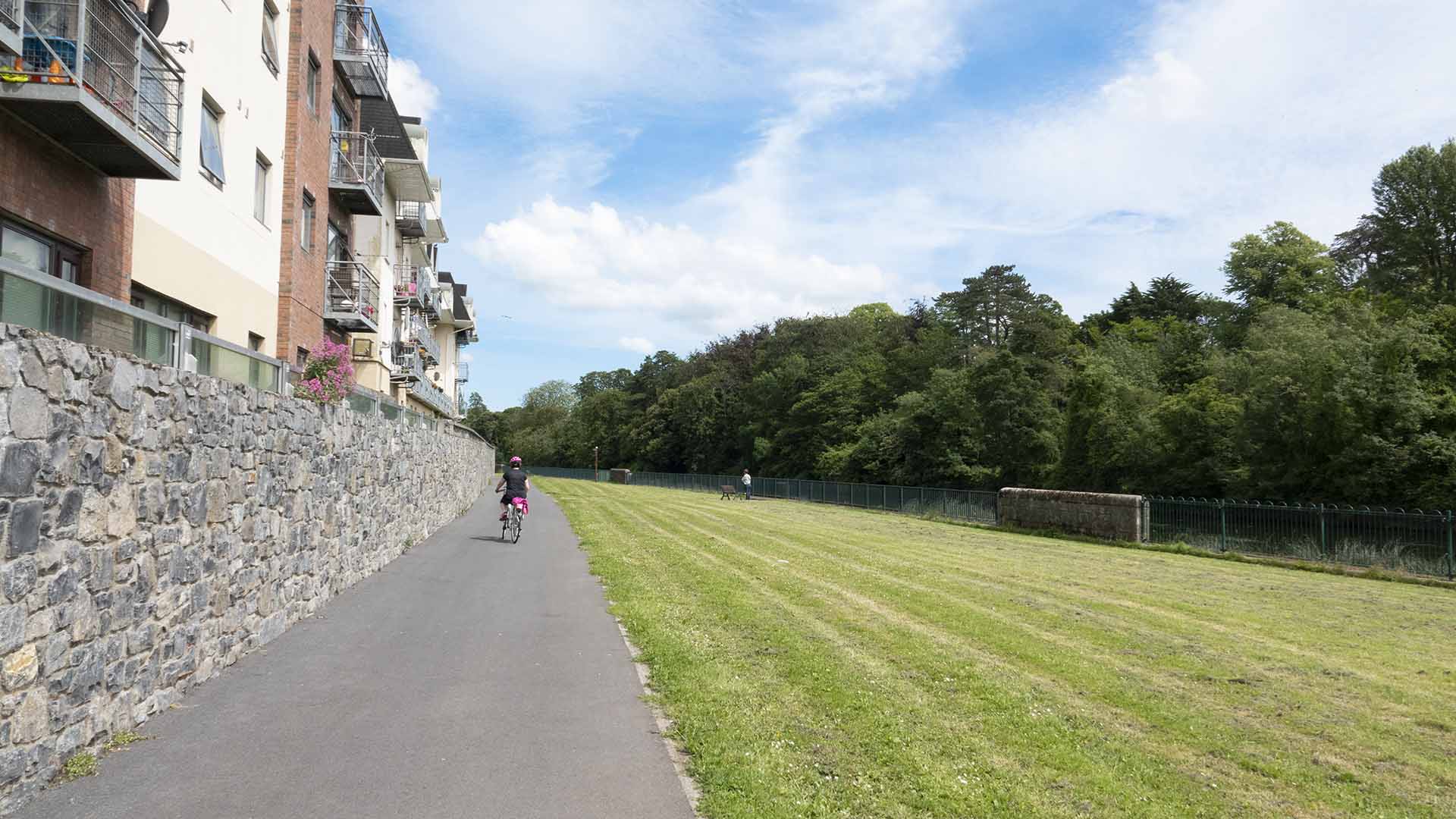
Walk, cycle or paddle the Suir Blueway (Tipperary).Taking in lush countryside, medieval castles and bustling towns and villages
This section of Blueway to Carrick-on Suir has a towpath so walking or Cycling is possible, warning it’s not possible to walk back to Cahir.
Clonmel to Carrick-on-Suir Blueway
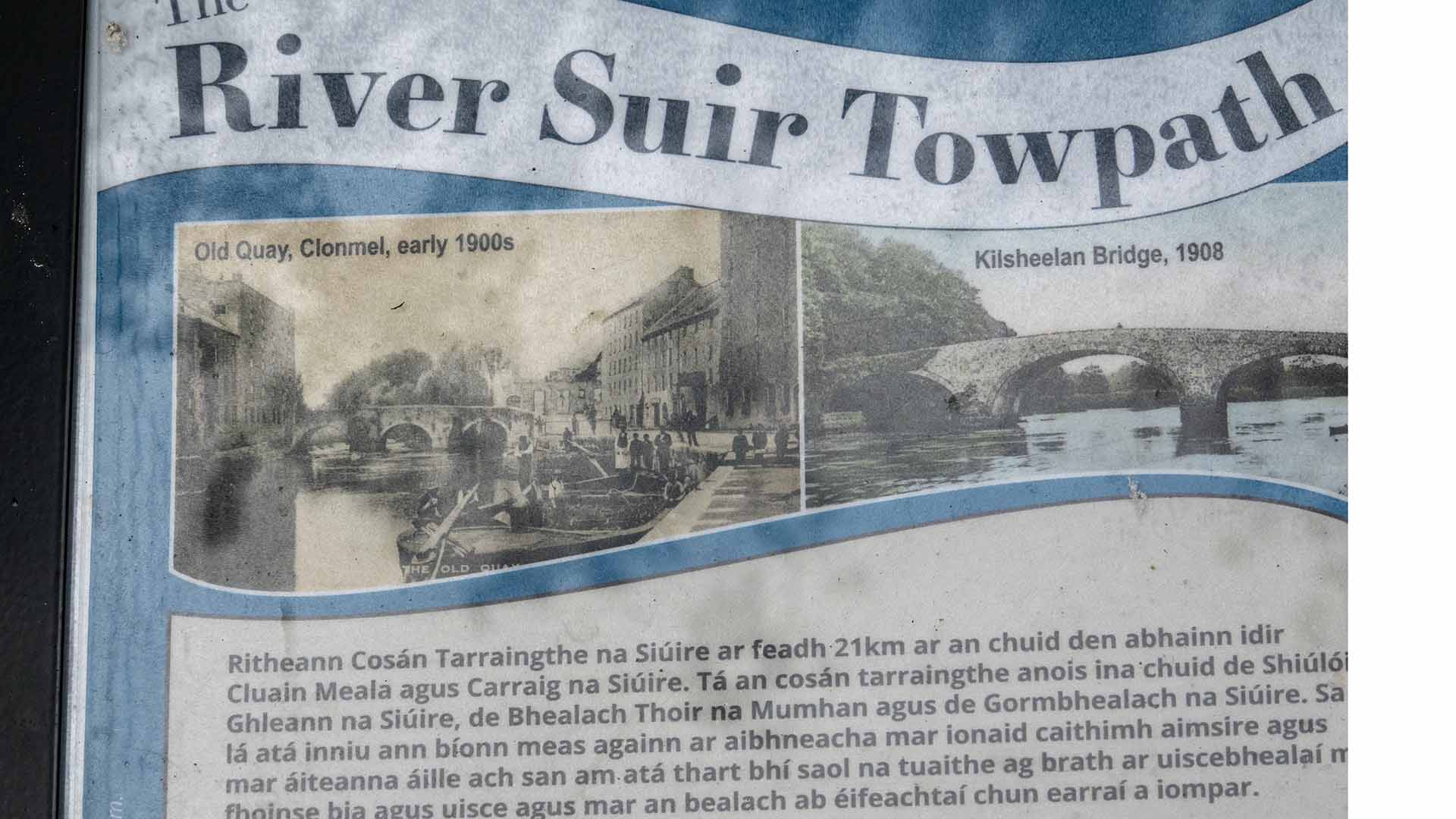
From Above
Paddle downstream from Chair to Carrick-on-Suir, or join the river trail at various access points along the 53 km route. (walking and cycling are only possible on this Blueway between Chaire Castle and Swiss Cottage 4km and Clonmel to Carrick-on Suir 20km).
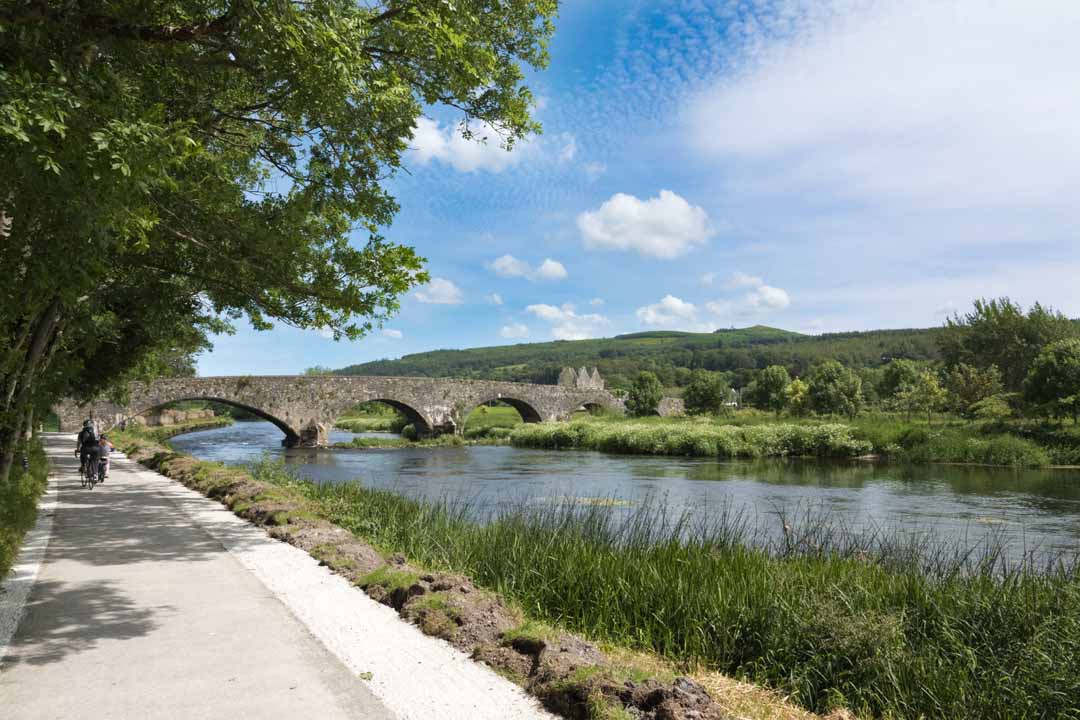
The towpath was developed following a petition by local traders and gentry to the Irish House of Commons in 1755. Up to that time, boats were hauled upriver by men who had to negotiate rocks, gravel and other obstacles.
The petition stated,” if those rocks were blown up, the large banks of gravel taken away and a regular channel made with a small gravel road on one side of the river…for horses to draw instead of men, the expense will be reduced to about one-third of what is at present required.”
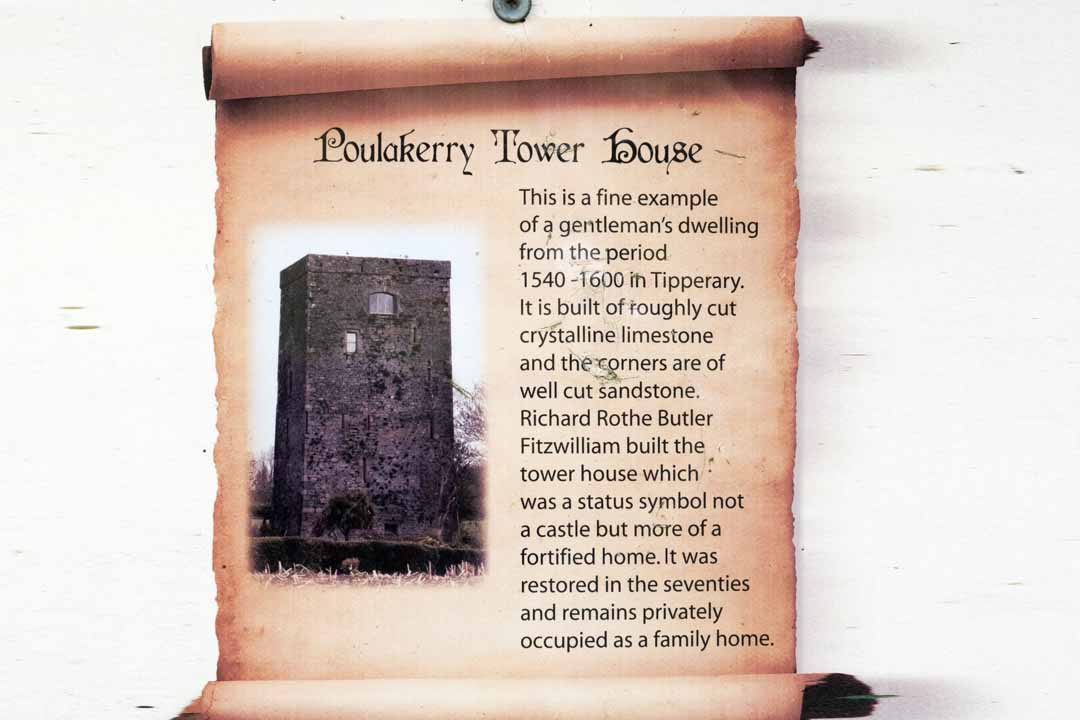
The sum of £1,500 was subsequently granted to improve navigation along the river bank. A further petition in 1790 stated, “the towpath, which is absolutely necessary for the purpose of navigation…has been by floods and various causes, rendered nearly impassible in many places for the horses to haul up the boats.
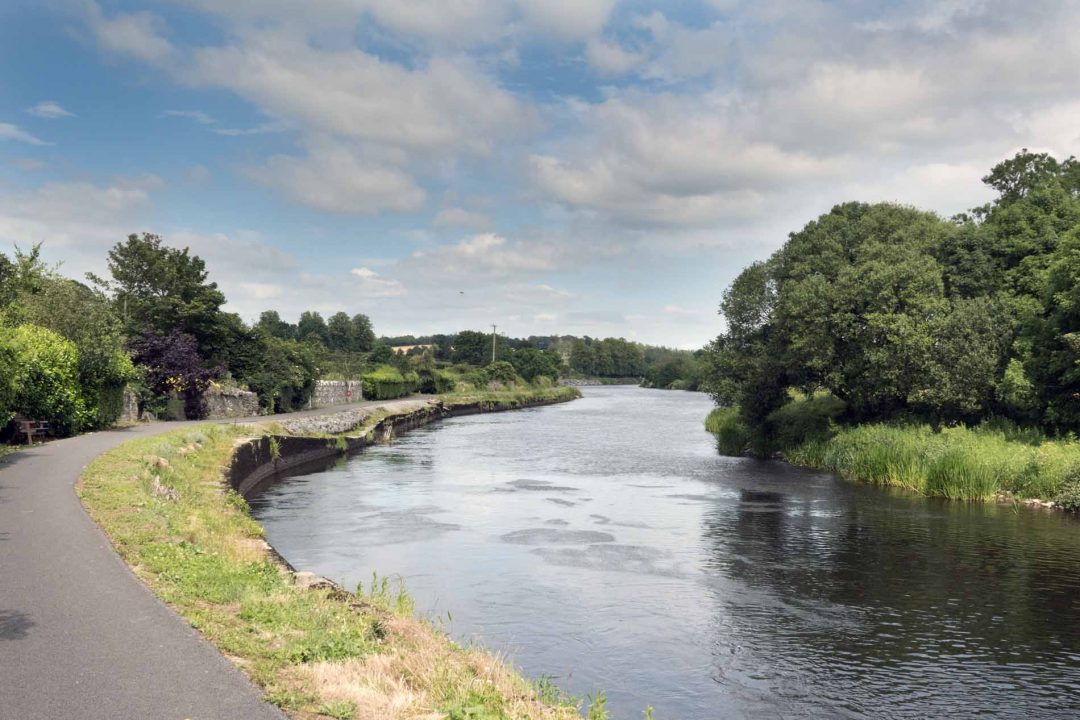
Your suppliants therefore humbly pray that the Grand jury of the County of Tipperary may be enabled to present, from time to time, such sums as shall appear necessary for the improvement of the said towpath or trackway.
The towpath remained in use until the early 1900s, the Schools Folklore Collection(1938) describes how cargo was moved along it-“horse-drawn boats on the River Suit were a familiar sight in Kilsheelan.
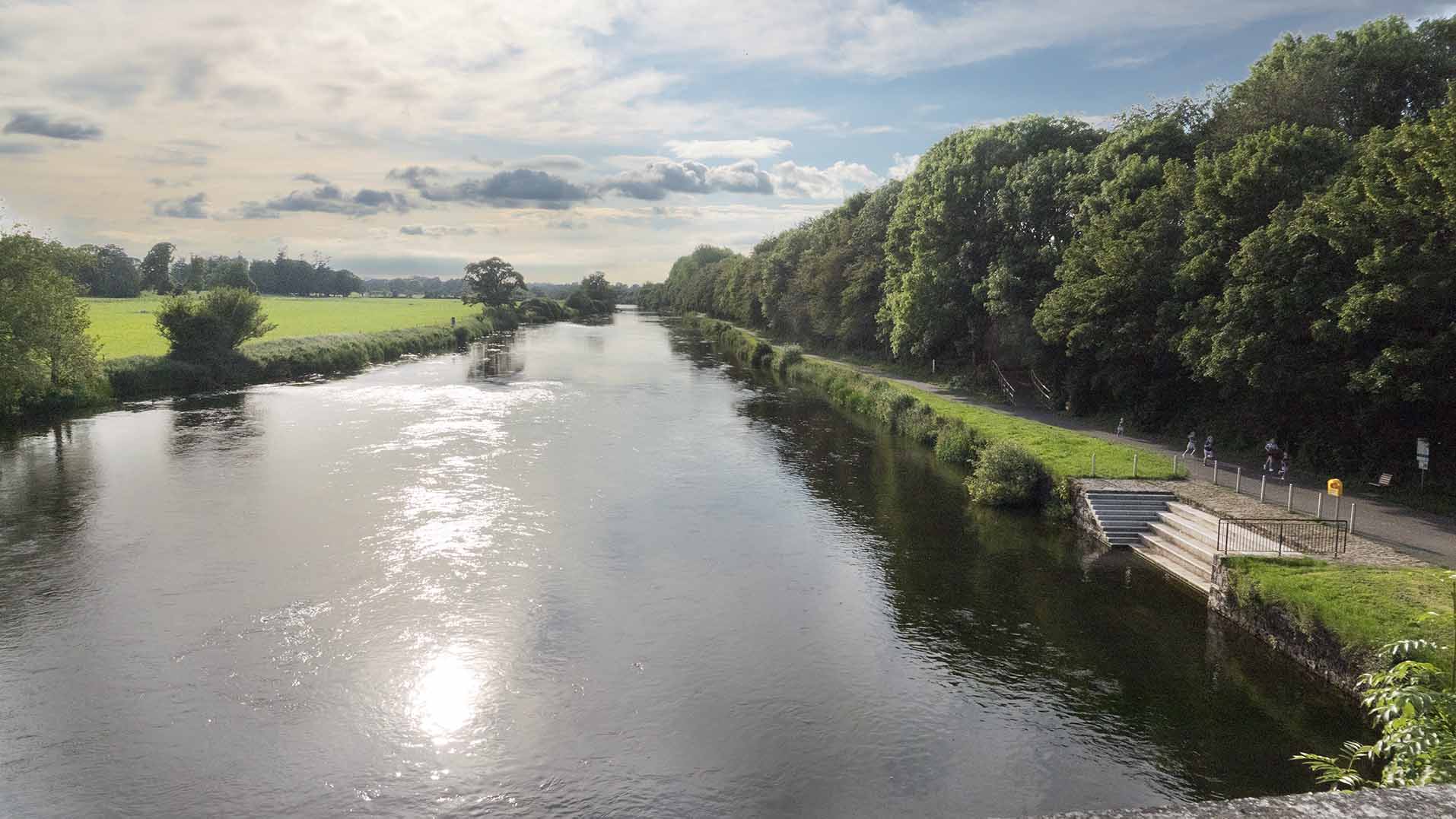
The horses in a single row. Twelve horses were yoked together and four men took charge, each man having three horses. The boats were tied together. Each boat was about thirty-five feet in length. The loads varied from twenty-four tons to about forty tons depending of course on the water.”
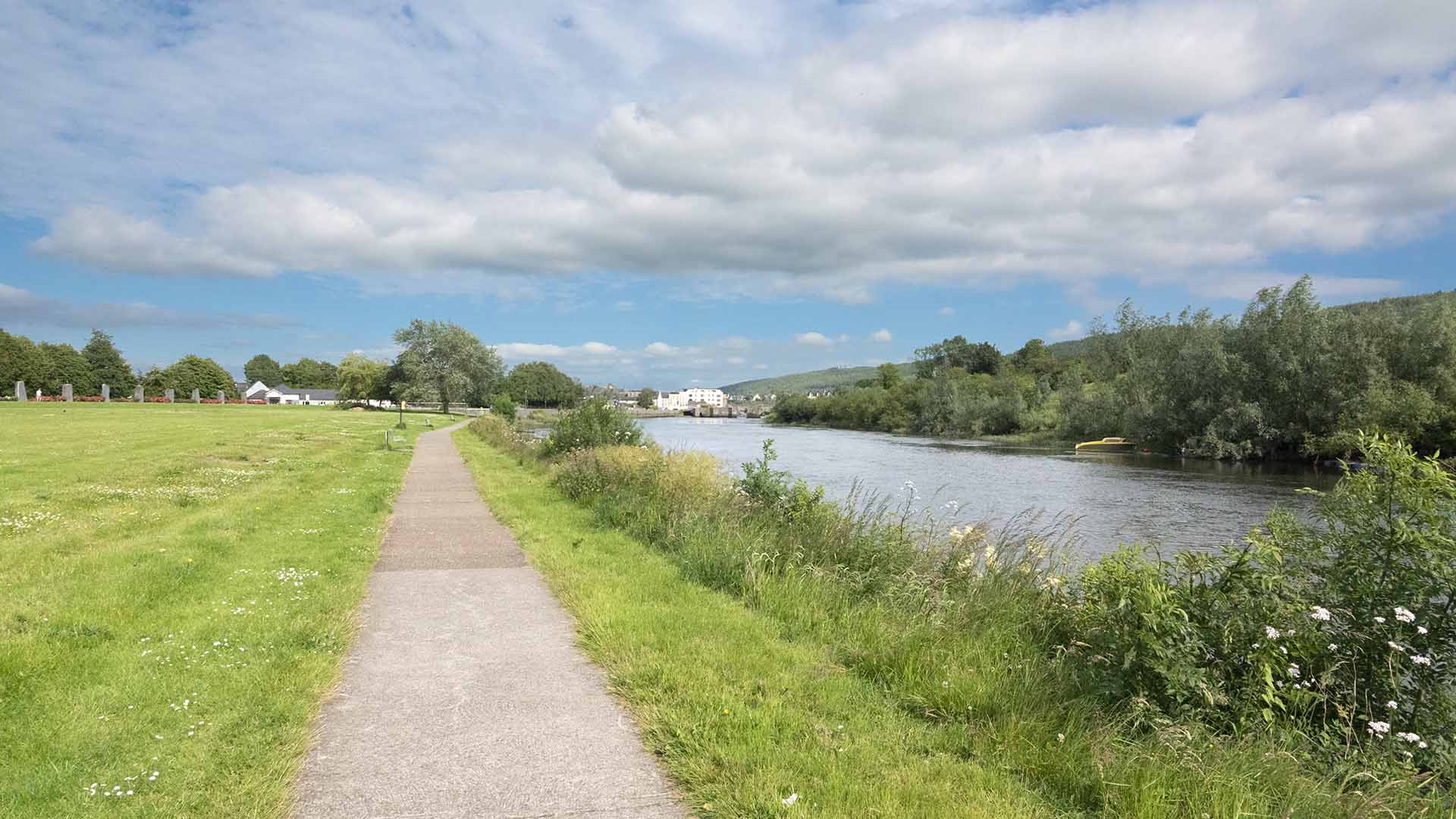
Welcome to Carrick-on-Suir
Maurice Davin
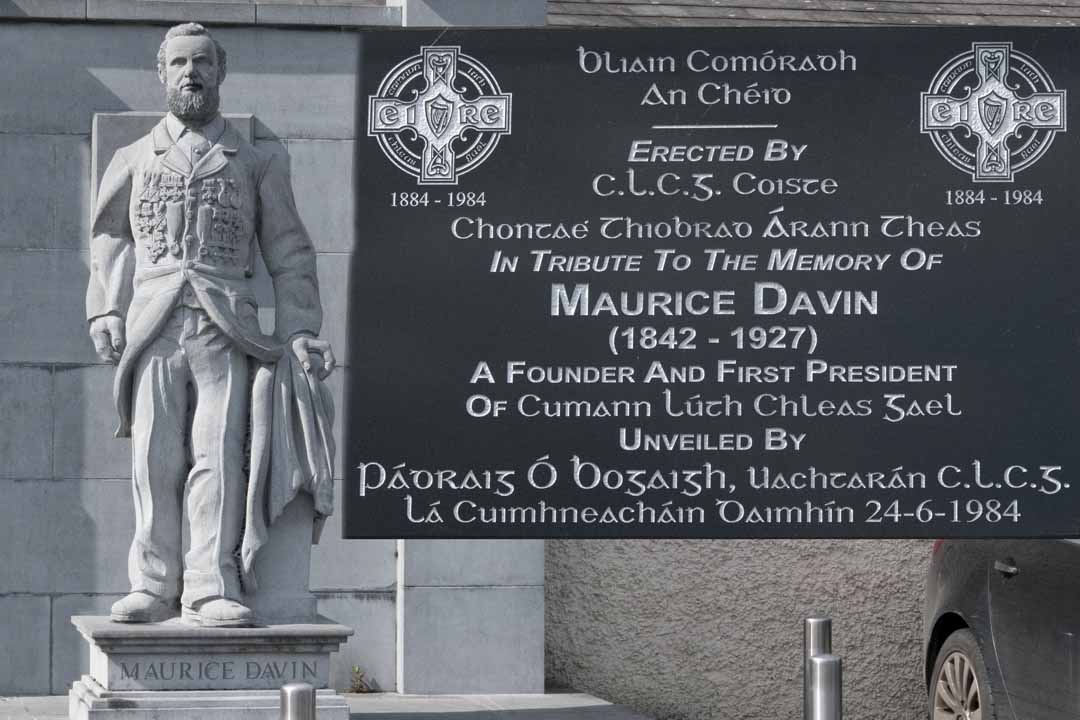
Medieval Carrick had defensive walls, gates and mural towers to protect its citizens. Little survives except for a 100m section of town wall at the northeast corner of its original circuit. The 16th-century tower house at West Gate was part of the original defences. A wine merchant named Gallwey who lived in Ormond Castle paid for the town clock to be installed in the tower in 1784.
Clonmel

Frank Patterson (1938-2000) Ireland’s ‘Golden Tenor’ was born in Clonmel. He spent his youth in the town before moving to Dublin in 1961 when he began voice training under Dr Hans Waldemar Rosen. After just two years, Patterson won all four major music awards at the Dublin Feis Cheoil, Patterson went on to work with some of the most prestigious orchestras in Europe and America, where he built up a huge following.
In the 1980s Patterson moved to New York where his concerts at Radio City Music Hall and Carnegie Hall were sell-outs. He performed at the White House twice, recorded over forty albums, was awarded three knighthoods and received academic honours from several American Universities. Patterson appeared in films including The Dead, and Michael Collins. Recordings of his voice featured in the films Miller’s Crossing and Gangs of New York. In 1979 he sang at the Mass celebrated by Pope John Paul II in the Phoenix Park, Dublin, before a congregation of almost one million people.
Patterson died in 2000 and is buried in St.Patrick’s Cemetery Clonmel. At his funeral, thousands lined the streets to pay tribute to Tipperary’s most famous musical ambassador. In 2002, a statue of Frank, funded by some of his American and Canadian fans, was unveiled in Mick Delahunty Square.
Trading in Clonmel
Clonmel has been trading port since at least the time of the Danes(Vikings); a riverside area of the town is still known as Danes’ Island. In 1608 a Clonmel Corporation minute book recorded taxes for cargos such as wine, vinegar, salt, iron. tallow, butter, tanned hides, frizzed wool, corn and malt. Today, old bollards, bearing the traces of ships’ mooring ropes, are a reminder of Clonmel’s past role as a trading port.

Cahir Castle to Swiss Cottage
